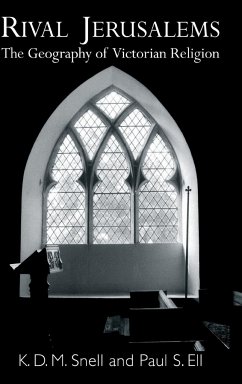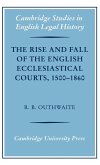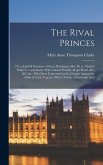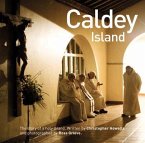This pioneering book is based upon very extensive analysis of the famous 1851 Census of Religious Worship and earlier sources such as the 1676 Compton Census. Its scope and modern analytical methods eclipse all previous British work on the subject, and it is a major step forward in the study of religious history. The authors stress contextual and regional understanding of religion. Among the subjects covered for all of England and Wales are the geography of the Church of England, Roman Catholicism, the old and new dissenting denominations, the spatial complementarity of denominations, and their importance for political history. A range of further questions are then analysed, such as regional continuities in religion, the growth of religious pluralism, Sunday schools and child labour during industrialisation, free and appropriated church sittings, landownership and religion, and urbanisation and regional 'secularisation'.
Table of contents:
Introduction; Part I. Religious Geographies: The Districts of England and Wales: 1. The 1851 Census of Religious Worship; 2. The Church of England; 3. Old dissent: the Presbyterians, Independents, Baptists, Quakers and Unitarians; 4. The geographies of new dissent; 5. Roman Catholicism and Irish immigration; 6. Denominational co-existence, reciprocity or exclusion?; Part II. Religion and Locality: Parish-Level Explorations: 7. The prospect of fifteen counties; 8. From Henry Compton to Maurice Mann: stability or relocation in Catholicism and Nonconformity, and the growth of religious pluralism; 9. The Sunday school movement: child labour, denominational control and working-class culture; 10. Free or appropriated sittings: the Anglican church in perspective; 11. Conformity, dissent and the influence of landownership; 12. Urbanisation and regional secularisation; Technical Appendices: A. Denominational statistics; B. Correction of registration-district data; C. The religious measures; D. Computer cartographic methods; E. Landownership and the Imperial Gazetteer; F. The 1861 Census of Religious Worship?; Bibliography.
This pioneering book offers a complete geography of religion in England and Wales, and includes exhaustive analyses of many religious questions and debates. It describes the geographical patterns of the major English and Welsh religious denominations, and their importance for political history, before tackling a range of further key issues.
A complete geography of religion in England and Wales, including exhaustive analyses of many religious questions and debates.
Table of contents:
Introduction; Part I. Religious Geographies: The Districts of England and Wales: 1. The 1851 Census of Religious Worship; 2. The Church of England; 3. Old dissent: the Presbyterians, Independents, Baptists, Quakers and Unitarians; 4. The geographies of new dissent; 5. Roman Catholicism and Irish immigration; 6. Denominational co-existence, reciprocity or exclusion?; Part II. Religion and Locality: Parish-Level Explorations: 7. The prospect of fifteen counties; 8. From Henry Compton to Maurice Mann: stability or relocation in Catholicism and Nonconformity, and the growth of religious pluralism; 9. The Sunday school movement: child labour, denominational control and working-class culture; 10. Free or appropriated sittings: the Anglican church in perspective; 11. Conformity, dissent and the influence of landownership; 12. Urbanisation and regional secularisation; Technical Appendices: A. Denominational statistics; B. Correction of registration-district data; C. The religious measures; D. Computer cartographic methods; E. Landownership and the Imperial Gazetteer; F. The 1861 Census of Religious Worship?; Bibliography.
This pioneering book offers a complete geography of religion in England and Wales, and includes exhaustive analyses of many religious questions and debates. It describes the geographical patterns of the major English and Welsh religious denominations, and their importance for political history, before tackling a range of further key issues.
A complete geography of religion in England and Wales, including exhaustive analyses of many religious questions and debates.








